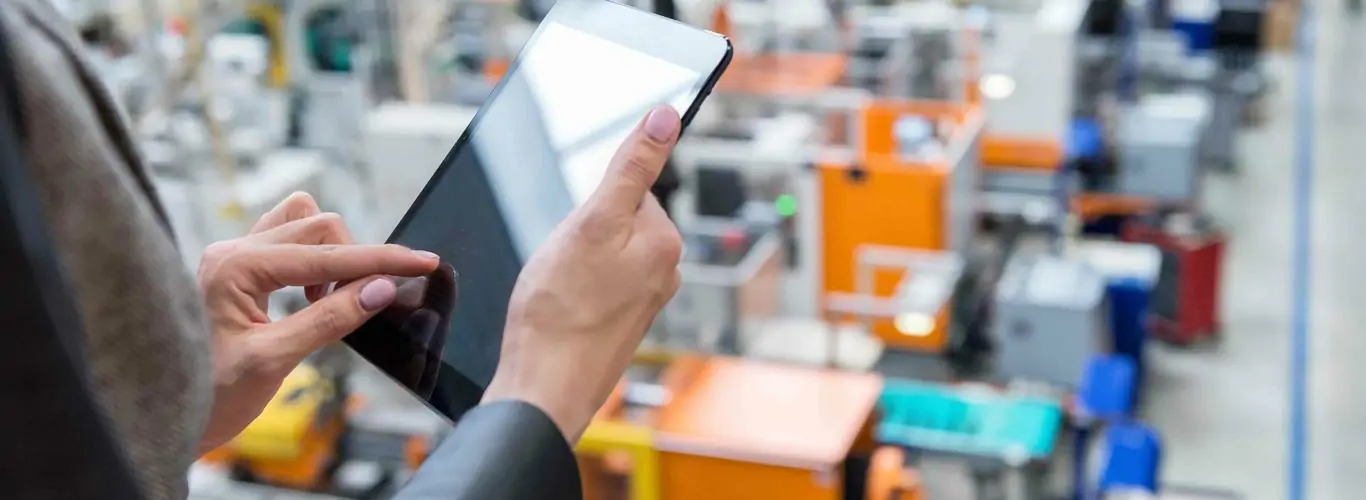
Making Tax Digital will cost SMEs over £5,000 to get started
30 Oct 2019Small and medium-sized enterprises in the UK will have to fork out an average of £5,360 if they are to comply with HMRC’s new system, Making Tax Digital.
Making Tax Digital will be phased in from April 2019, with VAT returns becoming the first process to be affected by the digital overhaul. With the current VAT threshold at £85,000 per year, any SMEs with a turnover north of this must be VAT registered and therefore compliant with Making Tax Digital.
In order to comply with the new guidelines, businesses in the UK will be required to operate their accounts through a compatible digital software, rather than the traditional paper and excel formats.
As it stands, according to research by UK200, 65% of SMEs do not use accounting software to manage their accounts. Broken down, 22% of these manage their accounts through a paper system, while 27% deploy excel or other spreadsheet applications. A further 16% completely outsource the work to an accountant.
Based on the current system an SME has in place, the cost of being fully prepared for Making Tax Digital varies.
To date, the likes of the government, the Institute of Chartered Accountants (ICAEW), the Association of Certified Chartered Accountants (ACCA), and the Federation of Small Businesses (FSB), have made predictions of what this cost may be, but with a significant variation between some of the values.
The government estimates Making Tax Digital will cost SMEs £70 per year, while in stark contrast, the ICAEW, ACCA and FSB all put their estimations in the thousands at £1,250, £2,000 and £2,770, respectively.
Much of the variation is driven by heroic assumptions on HMRC’s part when it comes to the cost involved in training staff.
The government have outlined a four-year plan for SMEs adopting Making Tax Digital and the changes it brings. Financial Secretary to the Treasury, Jane Ellison MP, has approved the government's £70 per year estimation and plans for four key areas to be included in the cost.
● time spent familiarising with new digital tools and quarterly submission of documents
● purchase of new/upgrading existing software
● purchase of new/upgrading existing hardware
● additional accountancy costs
Unfortunately, the reality for any SME who does not currently use an accounting software compatible with making Tax Digital is set to be much more expensive than the £70 per year (£280 in total over four years) set out by the government.
Given this, our team have analysed individual costing situations based on the systems SMEs currently have in place to give a put a more realistic price tag on complying with Making Tax Digital.
Cost of software for Making Tax Digital
The use of digital accountancy software is integral to the Making Tax Digital initiative. Once the new system is fully rolled out, every business in the UK will be required to use this software in place of their existing bookkeeping system and to file their quarterly tax updates.
While building much of their estimated cost based on the existence of a free software, the government has acknowledged businesses may need to buy some software to comply with Making Tax Digital. However, they do maintain the software will be a one-off cost, which is completely unrealistic.
This differs from HMRC’s introduction of RTI where they rolled out the new payroll update alongside free, compatible software.
The vast majority of the accountancy software currently available actually has a monthly or annual cost attached to it.
The government also suggest small businesses should start using receipt scanning apps to track their expenses.
There is one main provider of this software on the market - Receipt Bank - and their packages range from anywhere between £9.99 and £29.97 per month.
A few other similar applications do exist, including Hubdoc which has been recently purchased by Xero, but Receipt Bank are very much the main player.
For bookkeeping software like Xero, Sage or QuickBooks, monthly packages range from £10 to £35 per month. So, assuming a business goes for the mid-range option (£30 per month), the software alone is going to cost small businesses £360 per year.
Already, the £280 Making Tax Digital cost the government estimates has been exceeded.
Cost of training for Making Tax Digital
As shown above, the government’s estimate covers the training for businesses and individuals to learn how to use their new software and to learn about the new rules and procedures around Making Tax Digital.
ACCA have estimated the process of setting up and training small businesses for Making Tax Digital will take 50 to 100 hours per business, on average.
If we take the lower figure of 50 hours, and assume a small business uses the whole of the £280 the government says all of Making Tax Digital will cost over 4 years, this works out at a rate of £5.60 per hour.
This rate of £5.60 per hour represents lost work the business could otherwise be doing, and to pay for detailed accountancy training and and assistance.
A more realistic figure for the lost work and professional training and support might be £100 per hour, based on our experience in training clients how to use Xero effectively. This would give a cost of £5,000 for the initial 50 hours of training and setup.
Again, far beyond the government’s £280 Making Tax Digital budget.
Cost of Making Tax Digital to the economy
The government claim that Making Tax Digital will have a net benefit to the Exchequer of £945 million by 2020/2021 but it appears they did not include the cost to businesses in software and accountancy fees when they worked this out.
Because Making Tax Digital will mean businesses have higher costs they will have less profit and will therefore pay less tax.
A rough calculation done by Jacob Rees-Mogg, who sits on the treasury select committee, is that Making Tax Digital will result in £2.8 billion less tax being collected.
This more than wipes out the £945 million the government think they are going to gain and making the whole exercise a costly waste of time.
Long term benefits of Making Tax Digital
Despite the somewhat pricey introduction for many small businesses to the world of online accounting, the effort HMRC have made to implement Making Tax Digital will not be in vein.
First and foremost, with accounting software like Xero you really get great bang for your buck.
Xero automates and streamlines the accounting process, all the while returning data and insights that can add true value to a business’ operations.
Xero’s focus is on real-time information. It takes into account your most recent transactions and churns out an up-to-date set of your key figures.
Furthermore, Xero’s slick dashboard feature gives you a live view of your bank balance, Xero balance, cash in and out and all your outstanding bills and invoices as they stand in that very moment.
Whether you want to send an invoice, update your receipts and bills folder, or get a look at a current financial statement, Xero ticks all the boxes.
The need for paper invoices has disappeared with Xero’s introduction. Now you can process an invoice, email it straight to the customer and sit back and watch as the transaction is filed straight into your books.
Moving to Xero has the potential to revolutionise the efficiency of your company, while also acting as an incredible collaboration tool that helps you get more from your relationship with your accountant.
We’ve seen the difference that having Xero as a financial platform can have when used properly. With proper implementation and strategic processes in place, it’s not just cloud accounting software, it’s a whole new way for our team to work with you, guide you and give you the valuable advice you need to push your business forward.
Need to get your business ready for Making Tax Digital? Our team are certified to help make the process a smooth one and get the very best from your new software. Get in touch to further discuss how our expertise can get help your business realise its full potential.





















